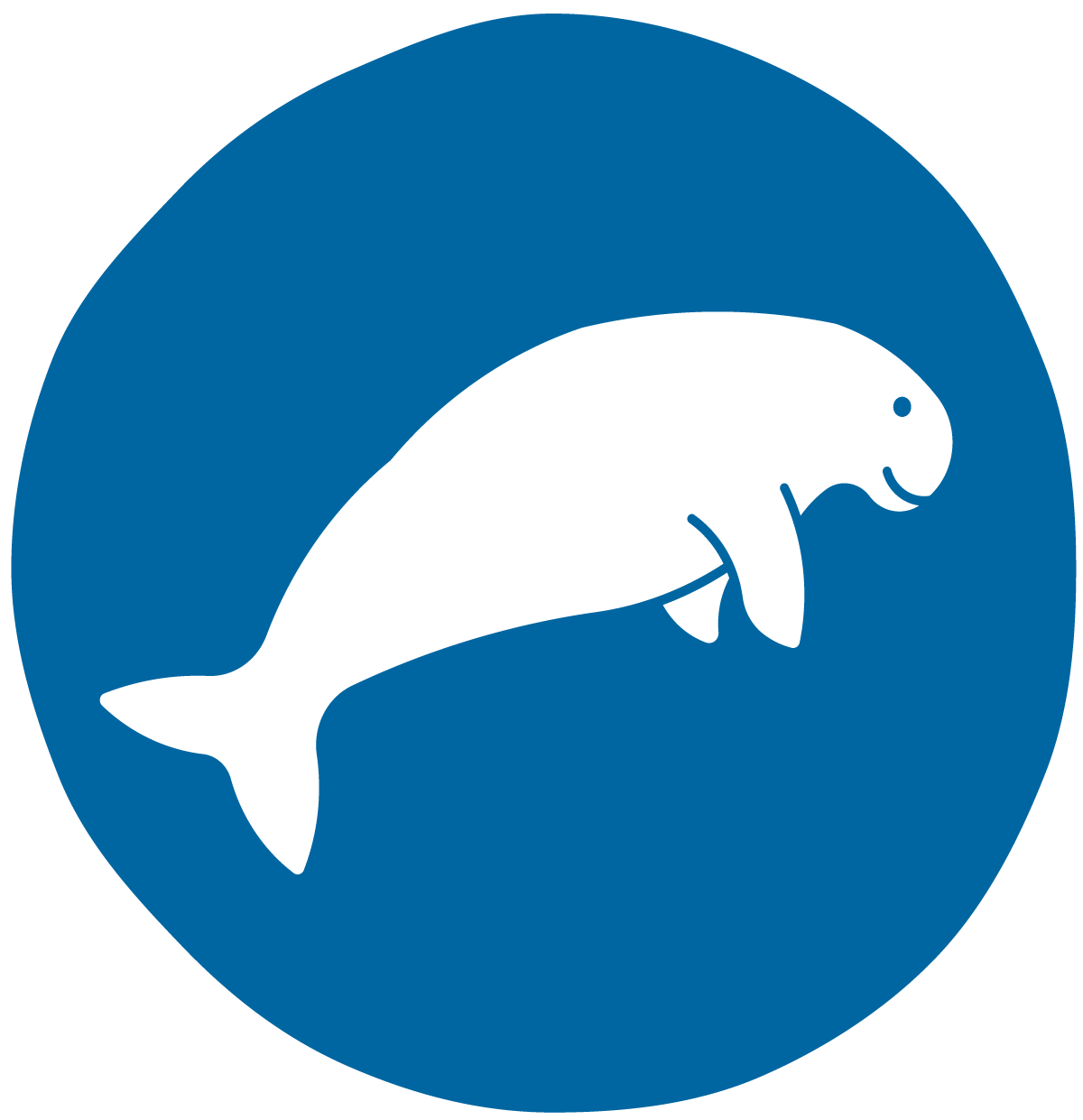Narrative
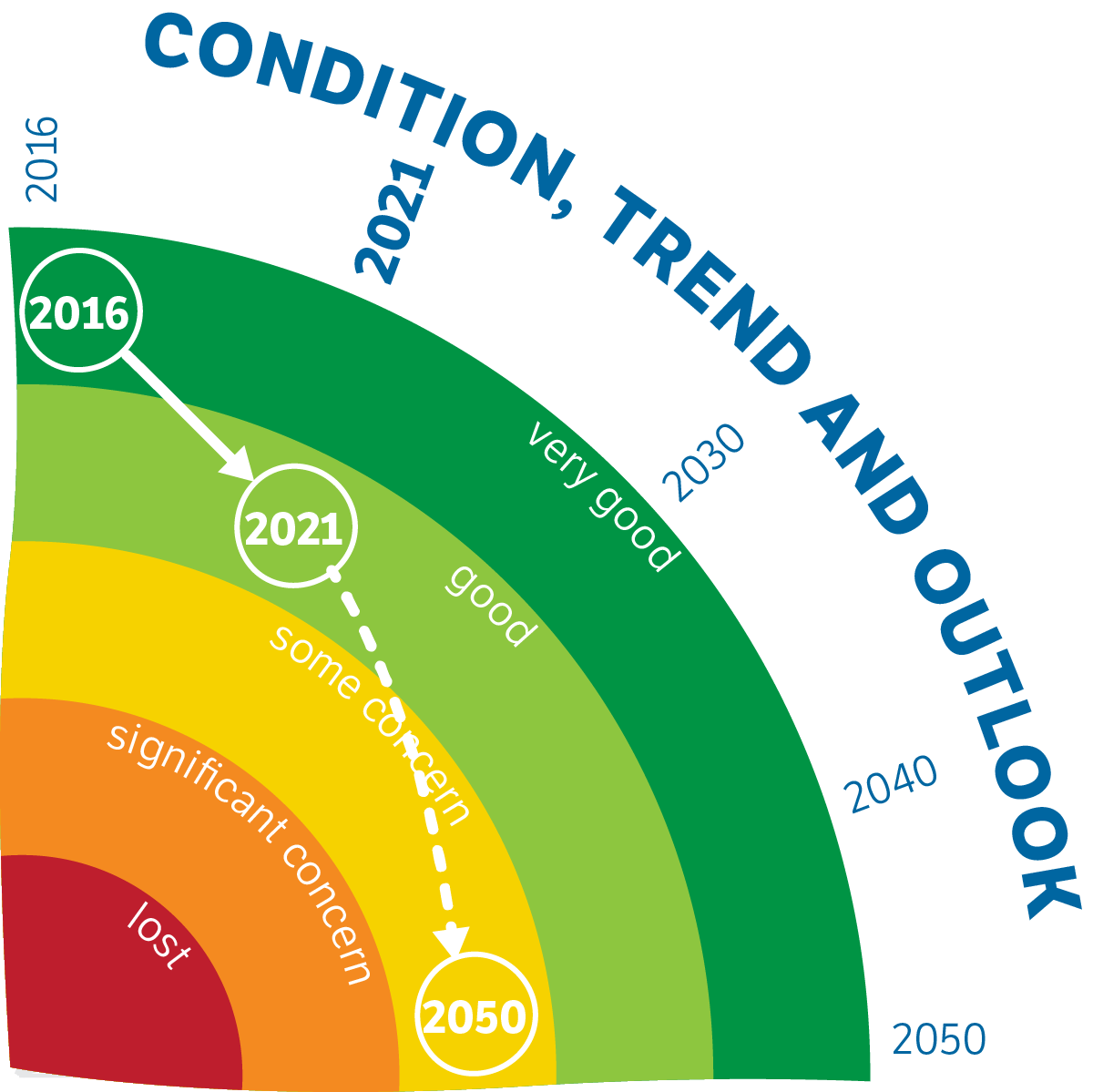
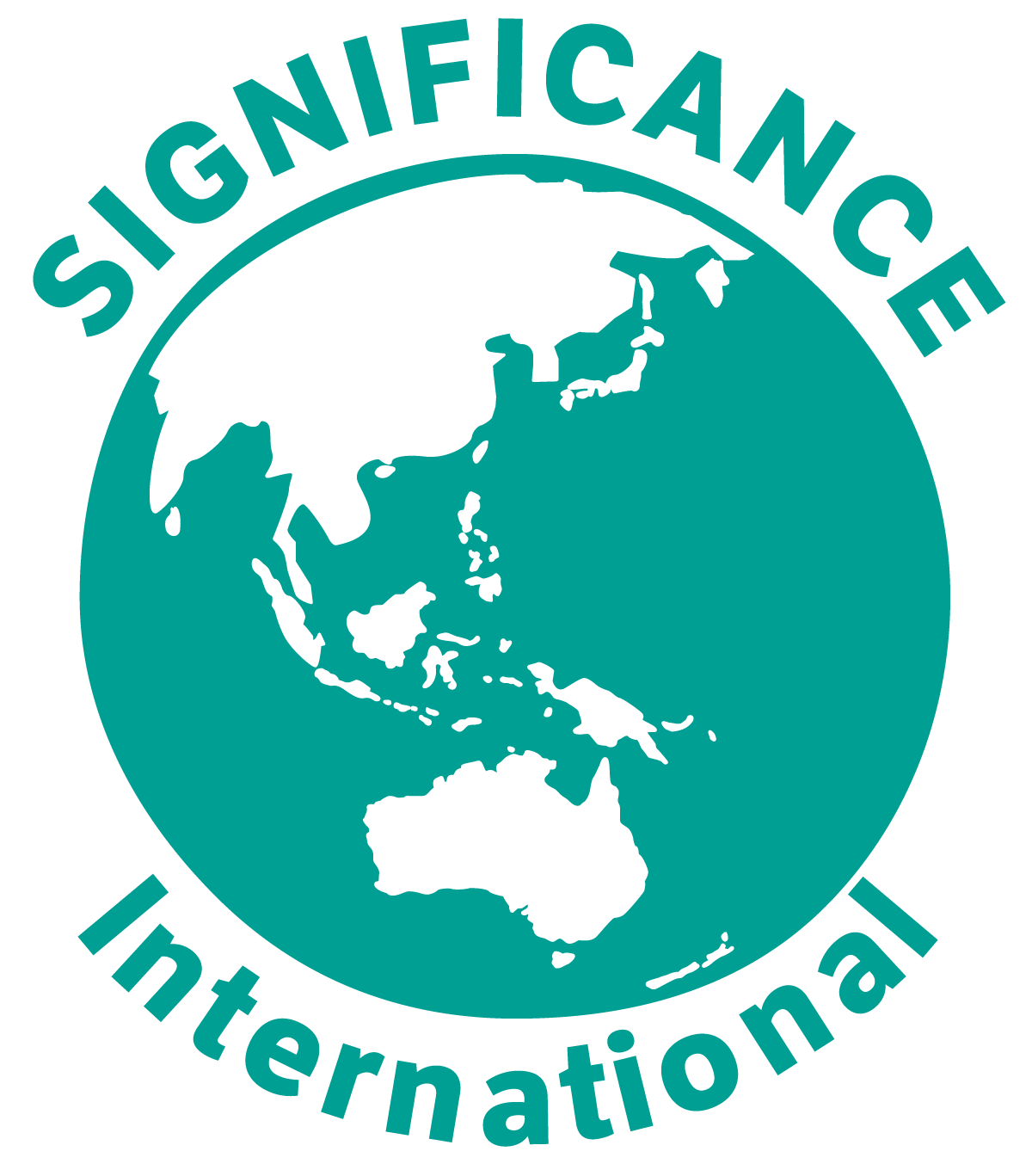
Dugongs are of immense practical, economic, cultural, and spiritual significance to Torres Strait Islander and Aboriginal people living in the region and remain their most highly valued marine food and cornerstone of their traditional subsistence economy.
Torres Strait Islanders are the local custodians of this species and play a continuing stewardship role in sustaining an estimated population of more than 100,000 dugongs in central and western Torres Strait – the largest aggregation globally. This estimate of population is much higher than previous estimates because of improvements in the correction factors for dugongs that are not available to observers in the deeper waters of Torres Strait. The region has been declared an Important Marine Mammal Area largely because of its globally significant dugong population. Due to their migratory nature, dugong conservation requires a coordinated effort across northern Australia and neighbouring countries.
The region’s dugong population is supported by globally significant seagrass meadows and includes the 13,000km2 Dugong Sanctuary. However, since 2018 there has been significant decline in some seagrass habitat, particularly in Western Torres Strait. Dugongs are vulnerable to climate change due to their total dependence on seagrass – with an adult dugong eating up to 40kg a day.
Dugongs are susceptible to climate-related changes in environmental conditions, the loss and deterioration of seagrass habitats, chemical pollution, and local threats such as incidental catch in fishing gear, boating activities, non-traditional take, and illegal fishing. Torres Strait is not immune to these pressures and although their effects on the region’s dugong population is currently unknown, the outlook is one of some concern.
There has been limited dugong monitoring in the region since 2013. Consequently, the state of dugong needs to be viewed in the context of the system-wide declines occurring in marine health, water quality and regional habitats. There is a critical need to re-instigate periodic aerial surveys to better understand factors influencing dugongs and trends in their abundance, breeding and mortality rates and movements.
What is already happening?
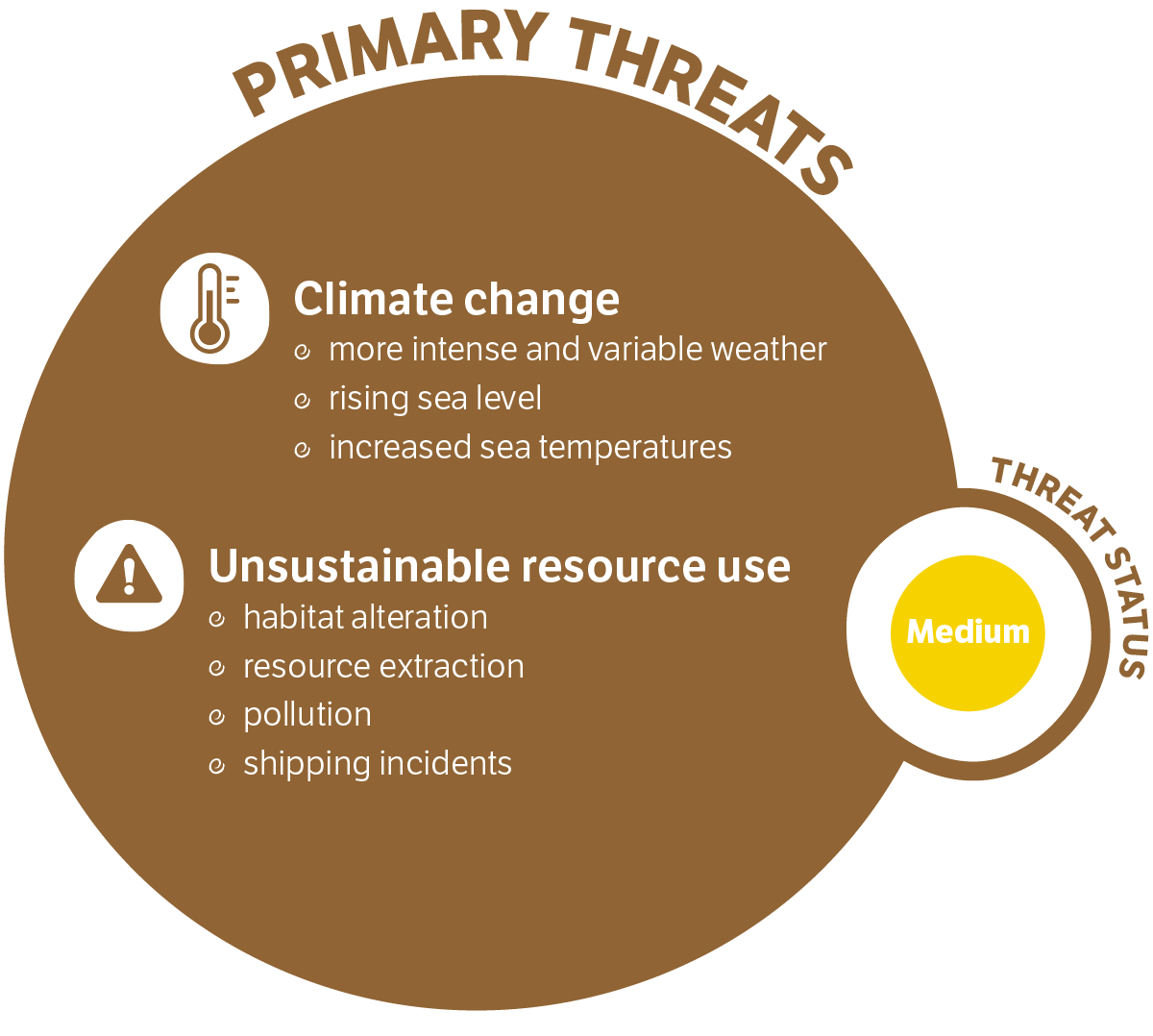
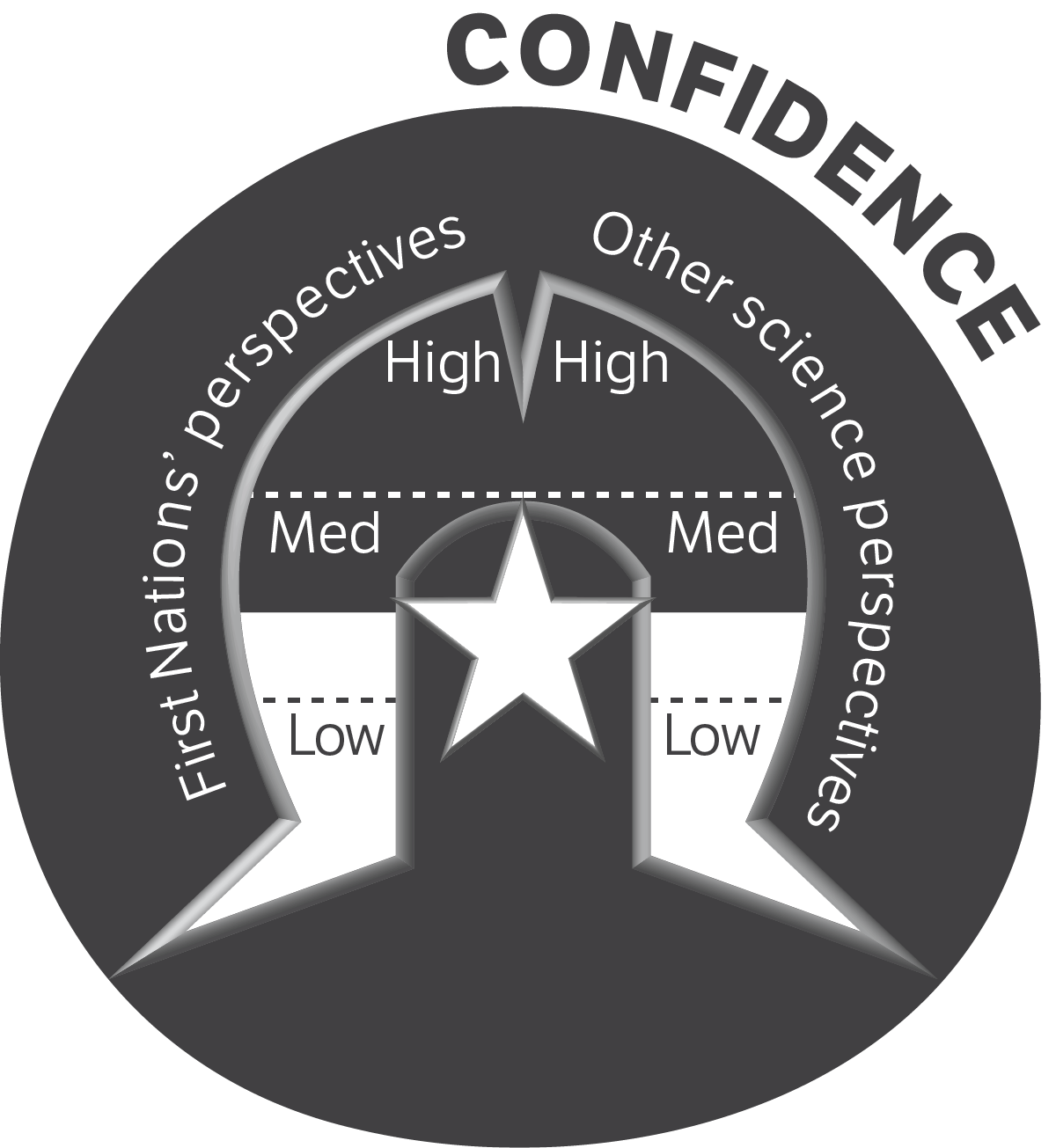
Within Torres Strait, efforts are focussed on strengthening the implementation of community-based management plans. These plans underpin the sustainable management of dugongs in the region based on Lore and law. Traditional Owners oversight the implementation of management plans in partnerships with rangers, researchers and fisheries management agencies, including through bilateral processes under the Treaty between PNG and Australia. The TSRA compliance team has supported capacity building with rangers for local-scale monitoring, critical surveillance and incident reporting.
An evaluation of the status of dugong in Torres Strait in 2015 indicated that dugong relative density was significantly higher in 2013 than in any other survey year and their area of occupancy has trended slightly upward since 1987. The proportion of calves in 2013 was the highest recorded. Genetic diversity is high.
There are mixed anecdotal local reports of recent changes in the health and movement patterns of dugong across the region. Generally, more dugong have been observed close to island communities in western Torres Strait. However, local assessments of the number, sex and health of adult dugong and calves have been varied. These observations are generally consistent with widespread seagrass dieback and have been observed before, particularly in the 1970s.
What could happen?
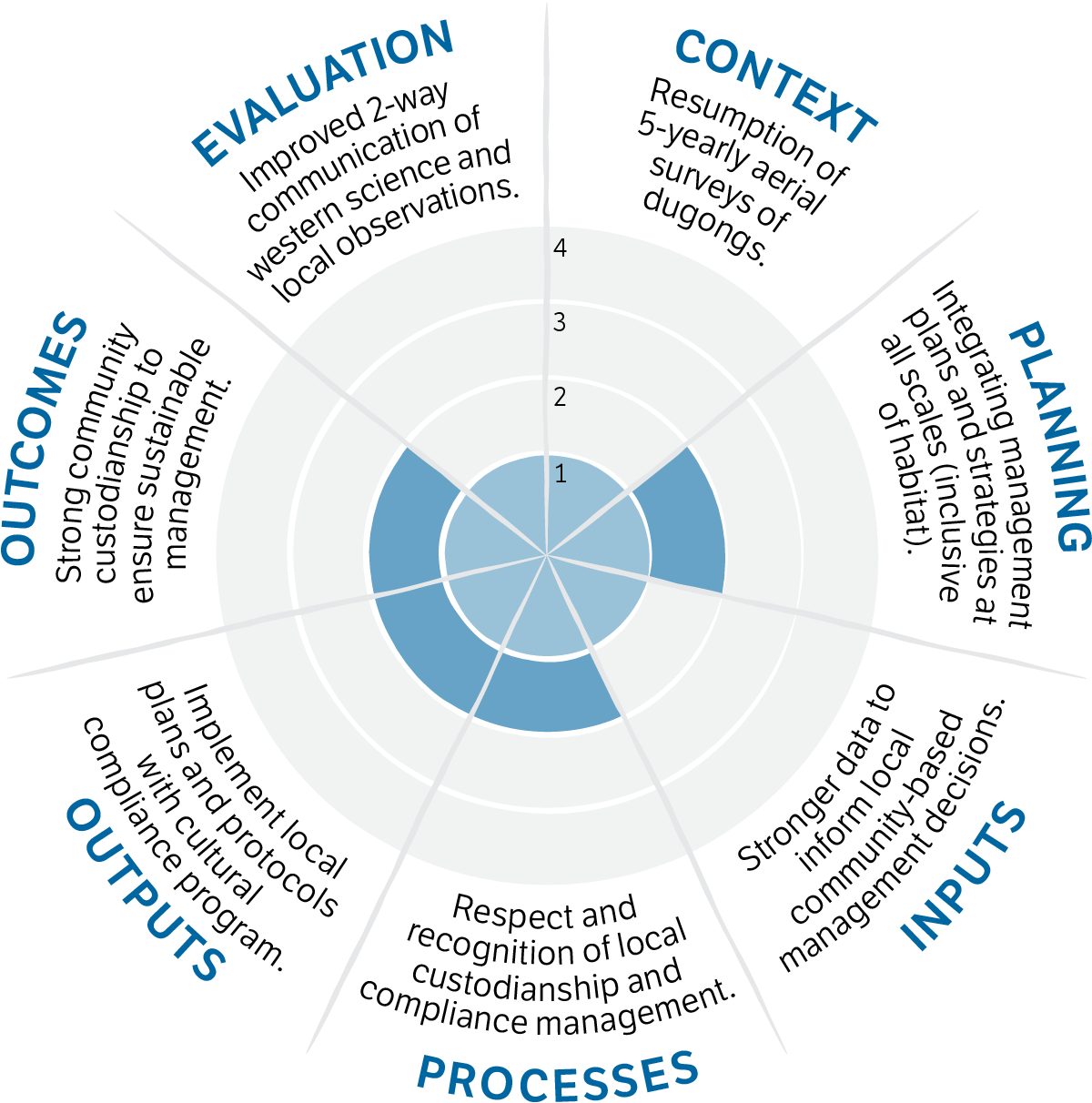
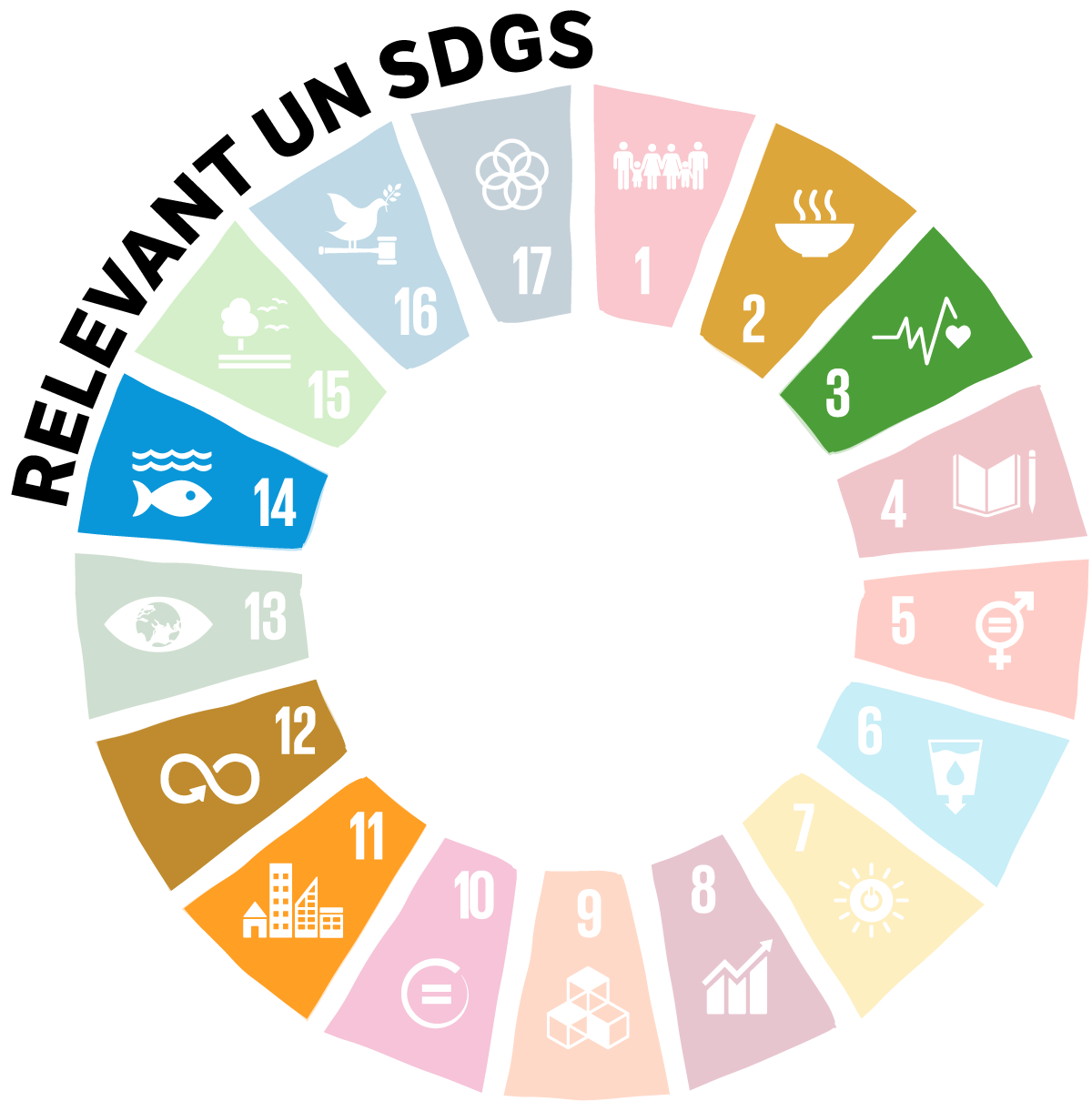
Sustainable traditional harvest of dugongs within the region depends on successful, ongoing community-based management and compliance efforts that are aligned with Ailan Kastom and traditional governance structures, as well as the responsible traditional take of dugongs by neighbouring PNG communities.
In the medium to longer term, climate forecasts of sea level rise, increased severe storms, flood events and marine heatwaves leading to altered environmental conditions and changes in seagrass habitats are likely to affect dugong populations globally – as well as in Torres Strait.
A reduction in the dugong population within the region would have significant impacts on the region’s marine ecosystems, subsistence, cultural values, and social fabric of Torres Strait communities, and would represent a huge loss to the world’s marine biodiversity.
